President of Cyprus Donates Land for Nunciature
The Holy Father Will Bring a Group of Refugees from the Island to Rome
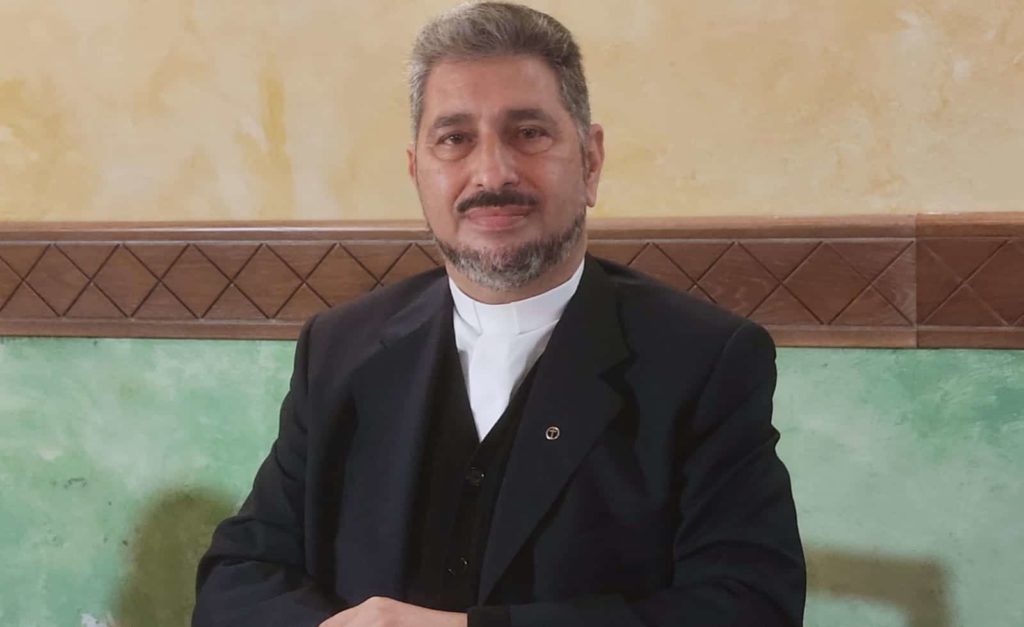
Two important announcements have come from the Government of Cyprus, on the eve of the Pope’s trip to the Island. The first is that President Nikos Anastasiades will announce, during the visit, the donation of land on which the new Apostolic Nunciature will rise. The second is that when the Holy Father returns to Rome, he will bring with him a group of refugees, mainly Syrians, for whom the Cypriot Government has furnished documents. Logistical details of this trip are yet to be made known.
The news was confirmed during a meeting with journalists, organized by the Iscom Association, with Monsignor Georgios Armand Houry, Cypriot priest, up to 2007 Economic Secretary of the Maronite Archbishopric of Cyprus. At present, he carries out his ministry in the diocese of Brescia.
New Nunciature
The building of the new diplomatic headquarters “is a very important recognition for the Catholic community. Up to today, there was only a Vicar of the nunciature in Cyprus, which is in Jerusalem. Now we’ll have a stable representation.”
The Maronite priest pointed out two problems with which he has to deal in the small Mediterranean Island. The first is the division between North and South, the second is that of migrants.
The Division of Cyprus
Since 1974, with the Turkish invasion, the northern part of the country, 37% of the territory, is occupied. There are 40,000 Turkish military men present on the Island to defend a state that’s not recognized by the International Community, apart from Turkey. In that area, there were four villages of Maronites, who were constrained to abandon their homes and move to the Greek-Cypriot zone. Now their presence has been reduced to a few hundred people.
“It’s an unresolved political problem, but it’s necessary that Maronite Christians can return as soon as possible to their villages in the North,” said Monsignor Houry. Especially after the talks in April, to find a political solution to the problem, under the aegis of the UN, ended in the umpteenth failure. In the past days, during a meeting in the Vatican, the Maronite Archbishop, Monsignor Selim Jean Sfeir, elected in September, and Maronite deputy Musa referred to this.
The Question of Migrants
Indirectly linked to the problem of the migrants is the Island’s division, as they disembark without controls in the Turkish part, to then end up in the Greek part, which is a territory of the European Union. It’s not at all about large numbers, but they weigh percentage-wise, considering that the population of the Greek part of Cyprus is around 800,000 inhabitants and, on the basis of agreements, the country can receive a maximum of 1000 refugees.
There is only one camp of refugees on the Island. It is Caritas and the Sisters of Saint Joseph, who have a center in Nicosia, where Asians especially arrive, who take care of their reception.
The Contrasts Between North and South
At the moment, there are no reactions to the Pope’s visit on the diplomatic plane. “The Turkish part is living a difficult time on the economic plane, linked to Turkey’s difficulties, on which it depends for water, electricity, and aid. The Opposition has requested that the North also adopt the euro instead of the Turkish lira. However, unfortunately, since 2017 the situation has worsened, mainly for two reasons.
The first is the discovery in 2010 of an enormous marine gas and oil field in the southern part of Cyprus. The Government has partnered with Israel and Egypt but Turkey is obviously very interested in these resources and this has led to great tensions also with Greece. The second is Erdogan’s growing nationalism, which influences considerably the Turkish-Cypriot part. After the failure of the April talks, for example, Turkey has begun to establish a drones’ military base in the ghost city of Famagosta (its inhabitants have all been practically ousted), from which he hopes to control the whole of the Middle East.”
Religious Relations
On the religious plane, instead, coexistence is excellent, not only with the Orthodox, who are the majority but also with the Muslims, “There is a Mixed Commission, in which Orthodox, Latin Catholics and Maronites, Armenians and the Imam of Cyprus participate. It has worked very well both on the occasion of Benedict XVI’s visit ten years ago, as well as on subsequent occasions,” explained Monsignor Houry.
Messenger of Peace
In this overall picture, “the Pope’s visit is a message of hope. The Holy Father always speaks of peace, and peace doesn’t need so many explanations: it is peace for Catholics, the Orthodox, and the Muslims. Peace means the hope to be able to unify the Island and live in a place in which the two communities — Greek and Turkish — can be represented, under one central Government. I think that with his message and his presence the Pope will be able to make a great contribution to this path,” concluded the Maronite priest.
Translation by Virginia M. Forrester
Related
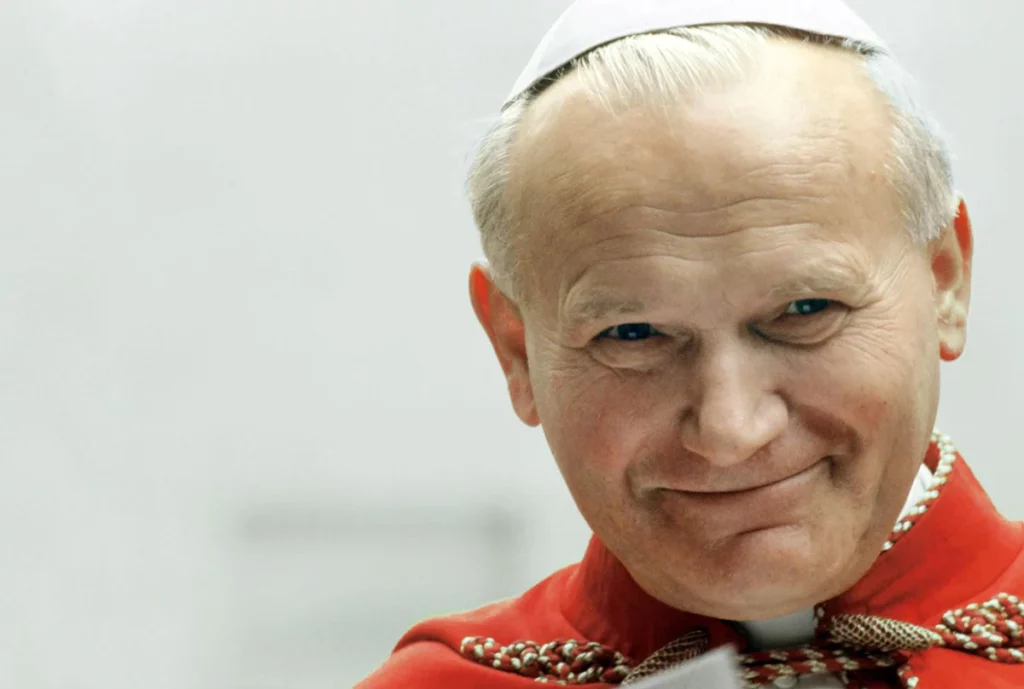
The Saint of Life and Joy
Exaudi Staff
03 April, 2025
4 min
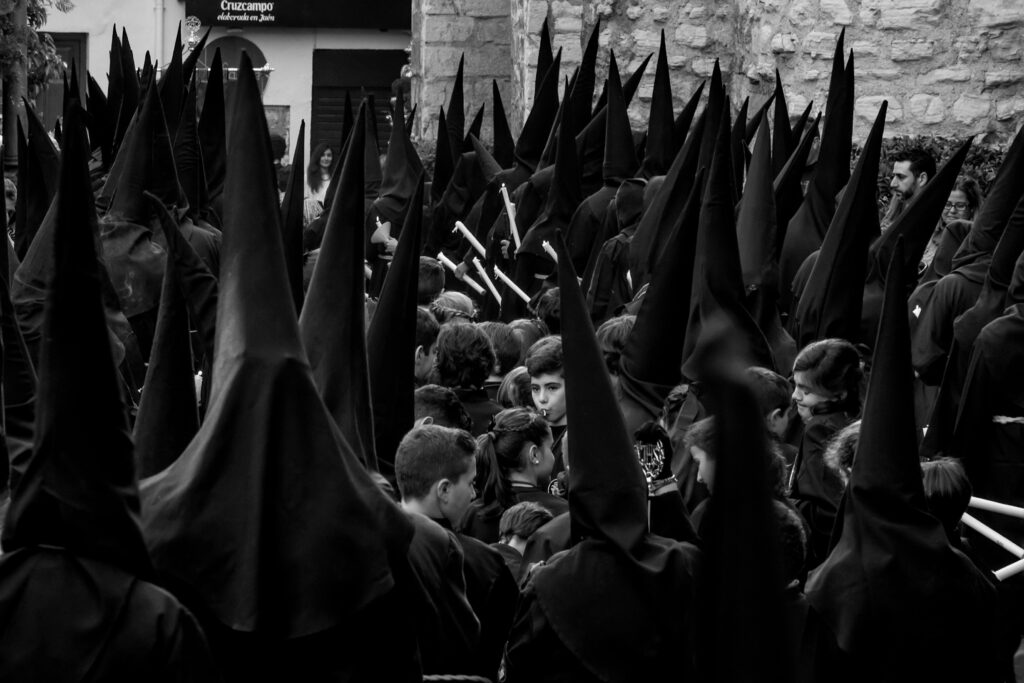
A path of contemplation and encounter with the Redemptive Mystery
Exaudi Staff
03 April, 2025
3 min
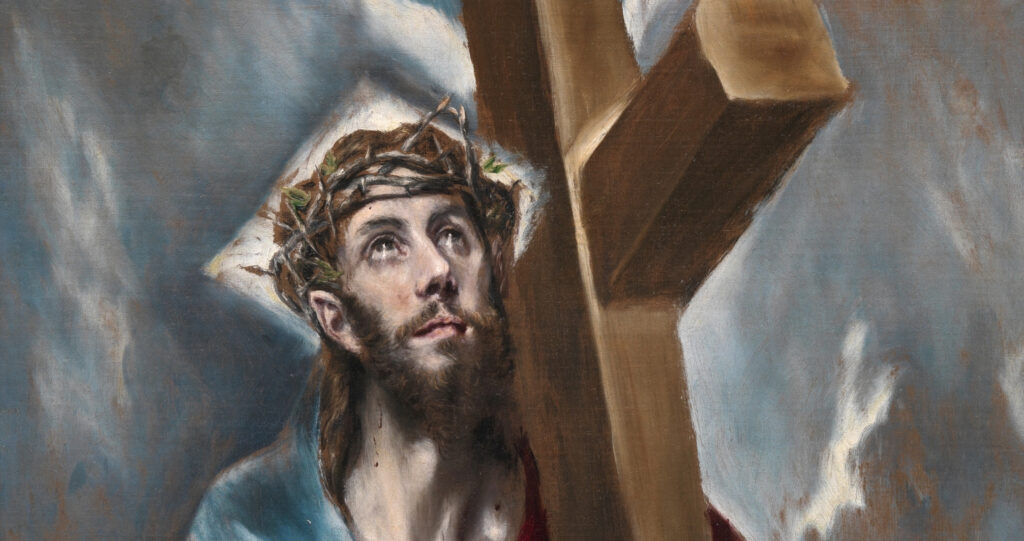
An Encounter Between Art and Spirituality
Exaudi Staff
03 April, 2025
4 min
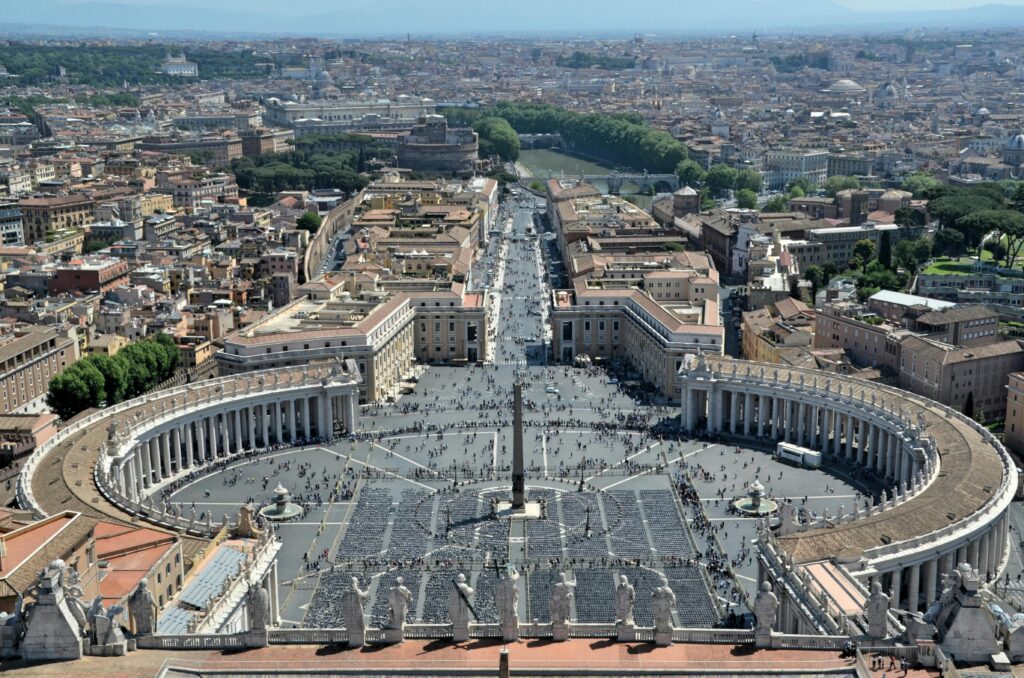
Holy Week 2025 at the Vatican: Calendar. Faith, Tradition, and a Long-Awaited Canonization
Exaudi Staff
02 April, 2025
1 min
 (EN)
(EN)
 (ES)
(ES)
 (IT)
(IT)

